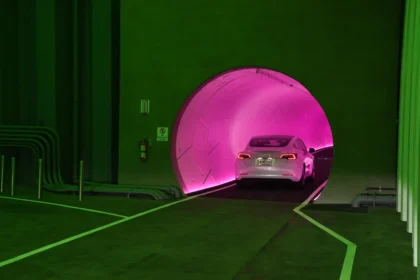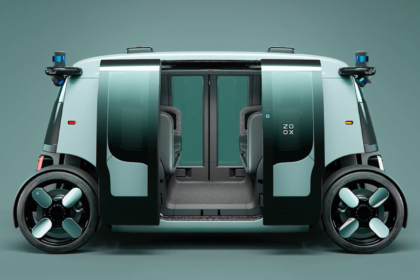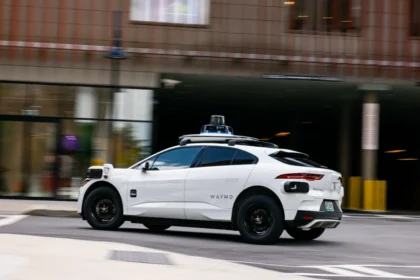Lyft is finally heading to Europe, and it is bringing Chinese-made robotaxis along for the ride. In a bold move that could reshape ride-hailing across the continent, Lyft just announced a new partnership with Baidu to deploy the Chinese tech giant’s autonomous vehicles in several European countries. Starting in 2026 (pending regulatory approval), riders in Germany and the UK might find themselves hopping into a Baidu-built robotaxi, no human driver required.
The vehicles in question are Baidu’s RT6 models, powered by its Apollo Go self-driving tech. These robotaxis will be fully integrated into Lyft’s app, meaning customers can book a self-driving ride just like they would a regular one. Lyft CEO David Risher calls this part of the company’s “hybrid network approach,” where autonomous vehicles (AVs) work hand-in-hand with human drivers to offer more ride options.
If this sounds like a major shift for Lyft, that is because it is. Since launching in 2012, Lyft has stayed close to home, focusing mainly on the U.S. and Canadian markets. Uber, meanwhile, went global and diversified into areas like food delivery and freight. But earlier this year, Lyft made a power move: acquiring German mobility platform FREENOW from BMW and Mercedes-Benz Mobility for $197 million in cash. That deal gave Lyft a ticket into Europe’s lucrative mobility market.
Now, with Baidu on board, Lyft’s international ambitions are getting a high-tech upgrade.
Related: Uber Drops $300M on Lucid and Nuro to Launch 20,000 Robotaxis
It is worth noting that both Lyft and Uber have shut down their in-house self-driving programs. Instead, they have been forming partnerships with companies that already have autonomous tech figured out. For Lyft, that’s meant teaming up with Benteler Group (for autonomous shuttles in 2026), May Mobility (for AVs in Atlanta later this year), and now Baidu.
Uber, of course, is playing the same game, just at a faster pace. In 2025 alone, it’s inked deals with May Mobility, Volkswagen, Nuro, and even Baidu itself. It’s also betting big on electric robotaxis, investing hundreds of millions into Lucid and others.
So what does this mean for the average rider in Berlin or Birmingham? If regulators give the green light, it could mean catching a Lyft in a driverless car by 2026. And not just any AV, a Chinese-built RT6 from Baidu, one of the most advanced autonomous vehicles on the market.
It is a futuristic vision, but also a pragmatic one. Europe has a growing appetite for cleaner, smarter transport. And while public trust in robotaxis still has a way to go, partnerships like this one might be the gentle nudge people need. Will riders trust a robot behind the wheel, especially one built in China and deployed by an American company? That is the real test Lyft and Baidu are gearing up for.







